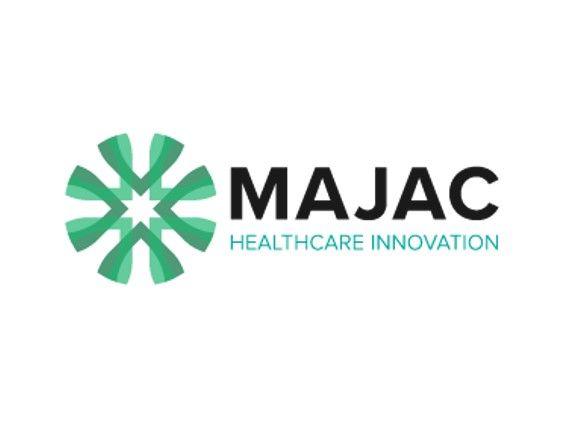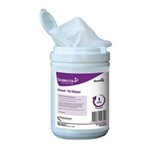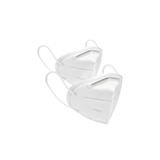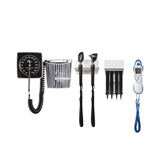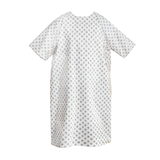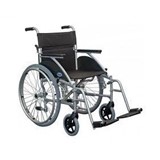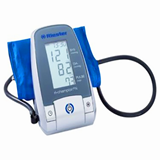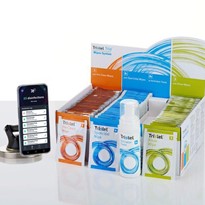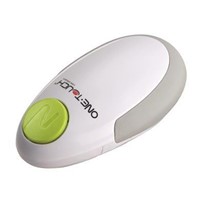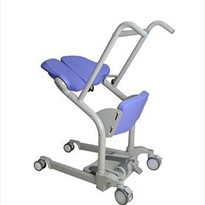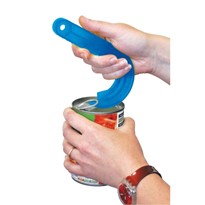PROMISING to help us clean and polish without even having to get wet, it's no wonder reaching for a packet of antibacterial or babies' wet wipes has almost become second nature.
However, researchers at Cardiff University say that while wet wipes might be super handy, they're also not actually doing what they're meant to.
After testing seven types of wipes used in hospitals, they found the efficiency of the wipes at removing traces of MRSA bacteria, clostridium difficile (a bacterial infection that affects the digestive system) and acinetobacter from surfaces was not up to scratch, and in some cases even spread the bacteria.
"This is a single small study which needs to be repeated on a larger scale to provide more reliable conclusions," said medical director at The Smart Clinics, Dr Michael Spira.
"Meanwhile, a policy of 'one wipe, one surface' would seem sensible."
Wet wipes have had their share of horror stories too. Since June, a six-month-old baby suffered chemical burns from counterfeit Pampers baby wipes, a woman in Norwich reportedly discovered a dead mouse in a packet of Huggies when taking her make-up off, and in California, some wipes were found to have glass shards in them.
Many dermatologists have also warned that wipes can be drying, detrimental to skin's PH balance and are linked with sensitive and allergic reactions.
The majority of wet wipes aren't biodegradable, meaning they can cause serious drainage problems if flushed down the loo, forming giant fat-bergs in the sewage system. These are formed by wet wipes and oil and grease that's been poured down the sink.


